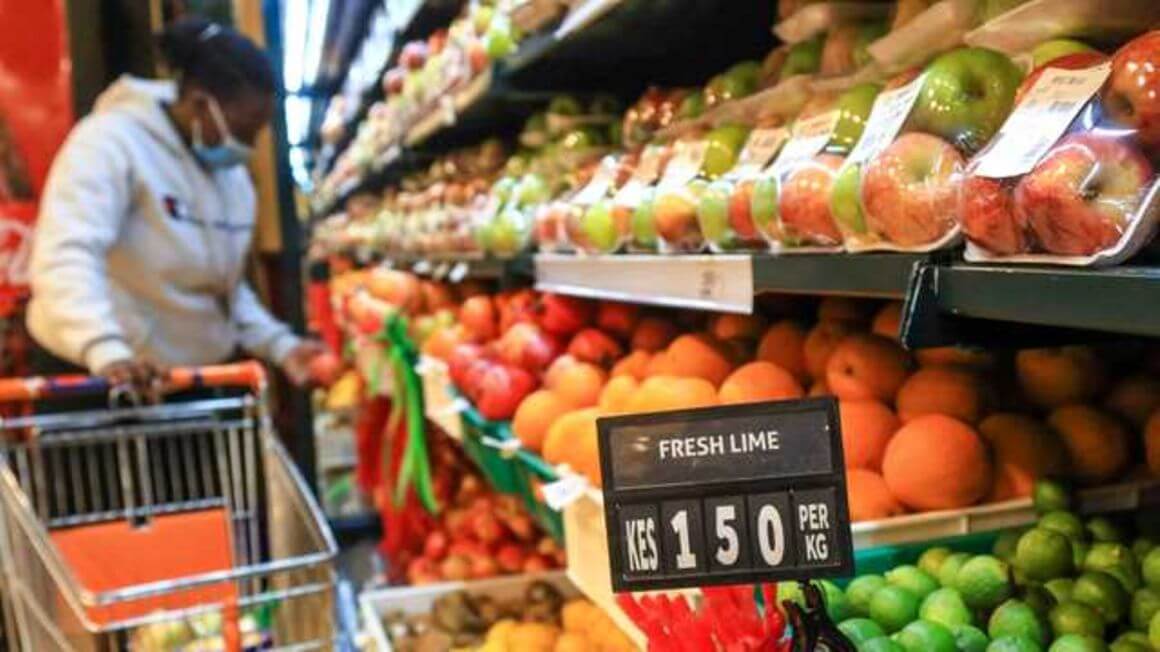
Our Projects are
Transforming African Trade
Quick Contacts
2nd Floor, Fidelity Insurance Centre Waiyaki Way, Westlands

Summary
Africa’s economic growth is projected to drop to 3.4 percent this year, down 0.6 percentage points from the four percent growth recorded in 2021, due to new macroeconomic shocks.
The latest Africa Pulse report, a biannual analysis of Africa’s macroeconomic outlook by the World Bank, released on Wednesday, said inflation and higher costs of living contribute to the decline.
According to the report, the decrease is from economic shocks including effects of new Covid-19 variants, inflation, supply disruptions, rising public debt, climate shocks and a general slowdown in the global economy, especially in the US and China.
“The slowdown in growth reflects challenges facing Africa prior to the Ukraine crisis, but have been exacerbated by the war,” said Albert Zeufack, the World Bank’s chief economist for Africa.
The report suggests that the impacts of the Russia-Ukraine war on African economies should be negligible, because of “limited trade exposure”.
“Resource-rich countries, especially their extractive sectors, will see improved economic performance due to the war in Ukraine, while non-resource rich countries will experience a deceleration in economic activity,” the World Bank said in a statement on Wednesday.
Countries rich in metal and mineral resources like DR Congo and Zambia are expected to grow by 4.8 percent in the next two years, as metal prices surge due to increased demand from a general transition from fossil fuels, the report states.
However, the situation will be different for non-resource rich countries like Uganda, which not only imports more than 25 percent of its wheat from Russia and Ukraine, but is also poor in metal and mineral resources.
East Africa and southern Africa are expected to register the highest growth, which the World Bank says is because it is “characterised by a diversified economy that is more integrated than other regions in sub-Saharan Africa”.
In addition, Kenya’s subsidies to oil marketers “have contributed to stopping fuel prices from rising”, but the global financier warns that “it will place pressure on public finance if the war continues”. Kenya’s economic growth rate in 2022 is expected to fall by 1.7 percentage points to about 3.3 percent.
Rwanda, whose economy grew by 10.9 percent last year, is projected to register the highest decline in the region, falling by 3.3 percent in 2022.
Following the dim projections, the World Bank says that it is highly unlikely that Africa will reduce poverty or achieve inclusive growth anytime soon, as mounting inflation will aggravate the situation.
“As African countries face continued uncertainty, supply disruptions and soaring food and fertiliser prices, trade policy can potentially play a key role by ensuring the free flow of food across borders,” Mr Zeufack said.
“Amid limited fiscal space, policymakers must look to innovative solutions such as reducing or waving import duties on staple foods temporarily to provide relief to their citizens.”
Read original article
Disclaimer: The views and opinions expressed in this article are those of the authors and do not necessarily reflect the official policy or position of TradeMark Africa.